It's Friday, so let's start the day with a #NowAndThen animated transition to visualise a bit of local history. This view shows Jock's Lodge toll house in the mid-late 19th century, looking east down the Portobello Road at Willowbrae. 🧵👇
The original image is from Old & New Edinburgh by James Grant, published 1885. The tollhouse is in the middle of the image, you can see the barriers, one on each side of the cottage, and another on the left of the road. 
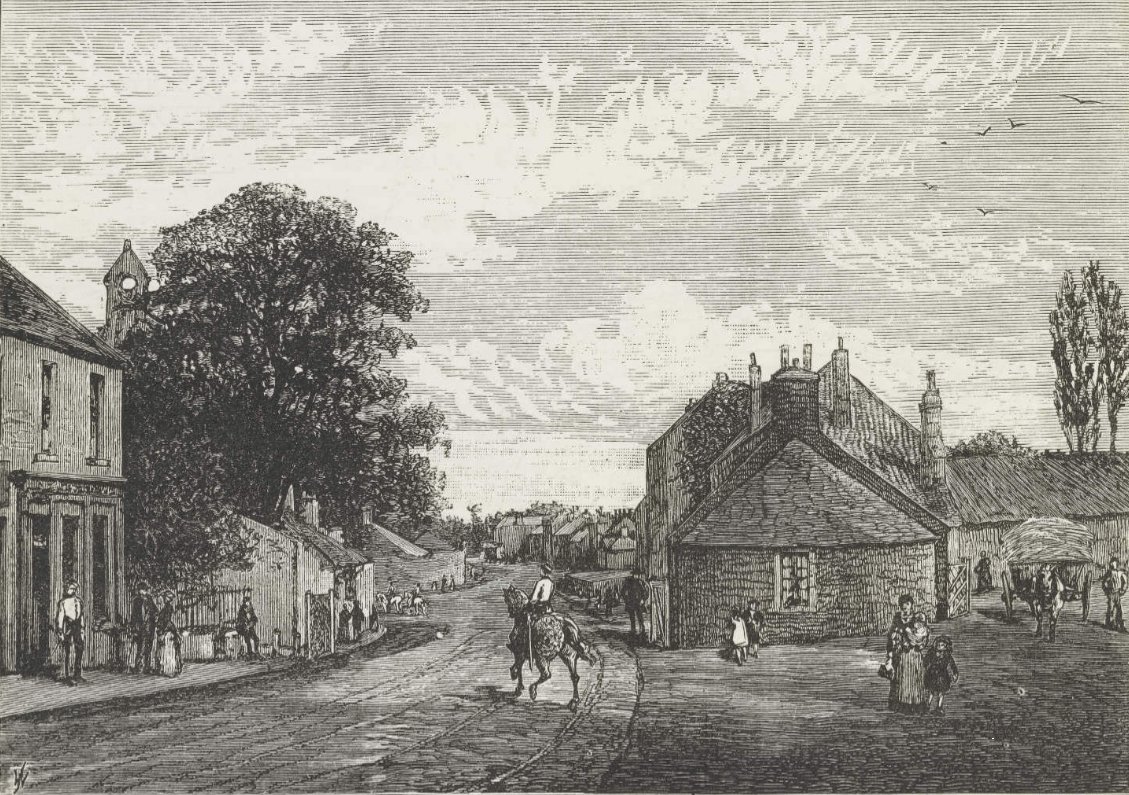
Other features we can see are what was the Jock's Lodge Tavern (for now, The Willow), with a cavalryman from Piershill Barracks standing outside. The belfry belongs to the barracks chapel. 
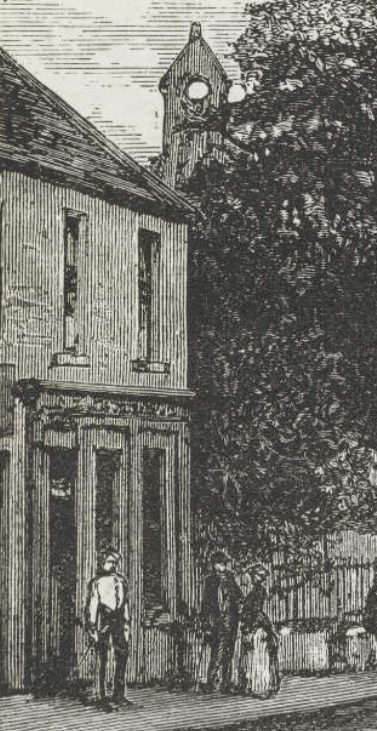
Another cavalryman is in the foreground, the "pillbox" undress hats of the troopers suggest 1870s or thereabouts. Behind him is the row of taverns and villas at Piershill that grew up around the barracks, the latter for officers accommodation. In the distance is a stagecoach. 
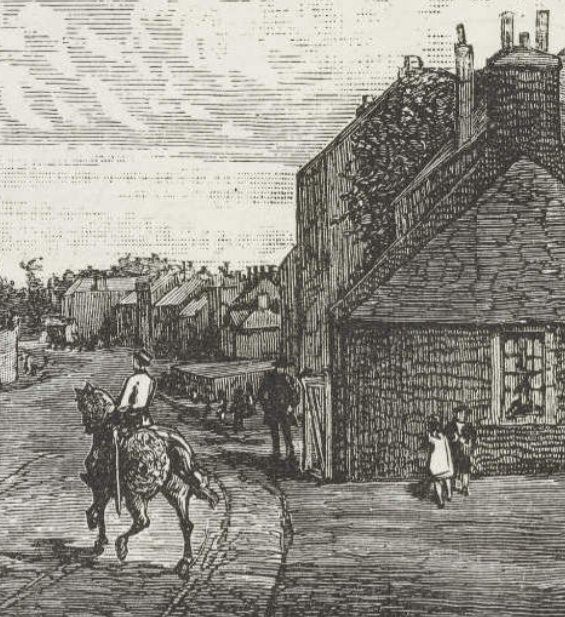
And on the right a haycart, a reminder that this part of Edinburgh was thoroughly rural (and not even part of the city itself) until the very end of the 19th century. 
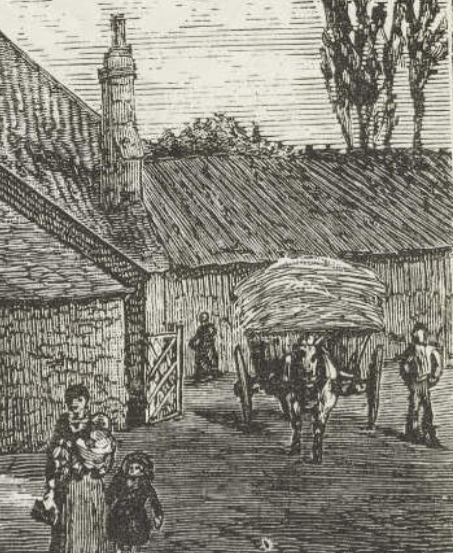
The 1876 OS Town Plan matches this view more or less exactly. The rounded gable of the toll house, sitting in the middle of the road junction, the buildings beyond, the Jock's Lodge public house on the left, the barracks and its chapel. 

As a placename, Jock's Lodge is mentioned back in the 1650s in "Nicoll's Diary" as Jokis Ludge. Oliver Cromwell mustered the New Model Army infantry here in July 1650 before his failed assault on Leith. Other forms of the name were always plural; Joks, Jokes, Jocks and Jock's
So who was Jock?
Well Jock wasn't one person, Jock was a lodge of persons. Specifically, the "Jockies". The Jockies were "King's Bedesmen", or "Blue Gowns"; they were a class of Royally appointed beggars, licensed to beg by King James VI. They had a uniform of badge and gown.
Every monarch's birthday, the Bluegown received a blue cloak, a tin badge with the motto "pass and repass", a Scots shilling for every year of the monarch's age and a slap up dinner. They had a lodge house outside the city; Jock's Lodge.
David Allan, who painted lots of the city's lower classes at work, has an illustration of an 18th century Blue Gown wearing his badge, begging at one of the city ports. Clearly an old soldier, he has lost a leg - probably why he was accorded the "privilege" of his station. 
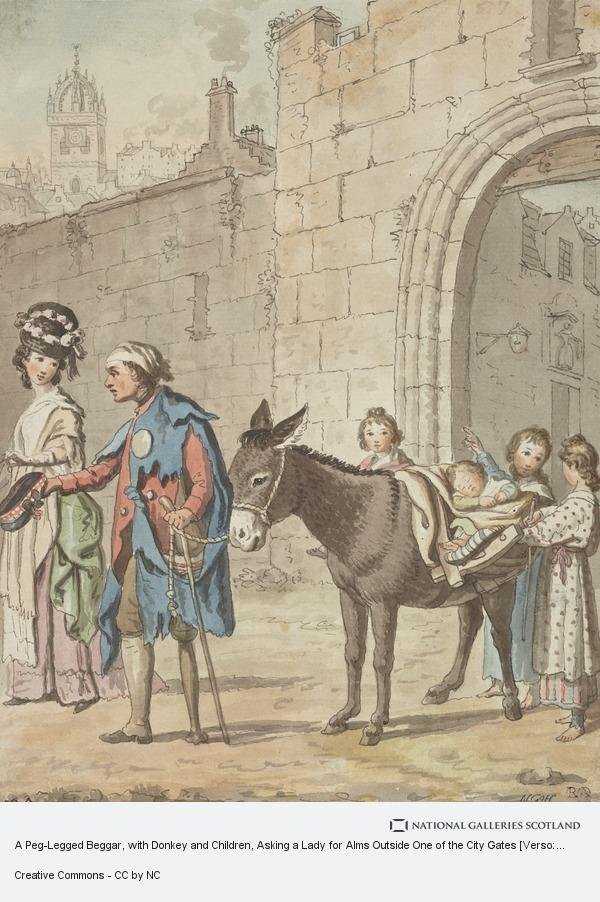
A photo in the Book of the Old Edinburgh Club (vol. 23) shows the back of the toll house and a now-demolished villa beyond, which is thought to be the site of the Blue Gowns or Jockies Lodge. This house was cleared to widen the road to Restalrig/ Smokie Brae in the 1930s 
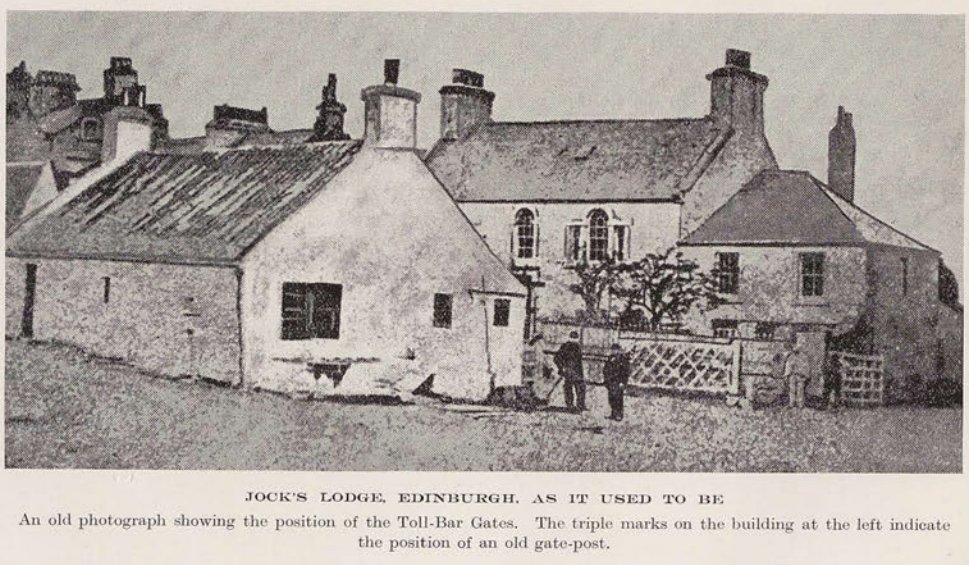
This is a thread about Jock's Lodge and not Piershill, so suffice to say, in 1794 a big cavalry barracks was built to to the east of Jock's Lodge on the site of a house called Piershill. This illustration was made in 1798. 
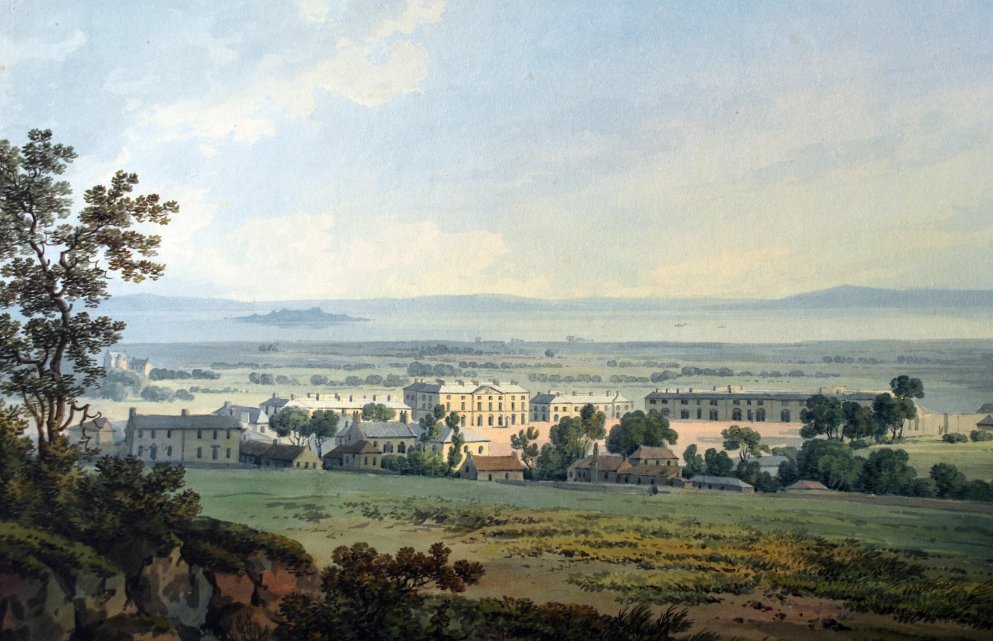
The origin of Piershill as a placename is lost to time, but it's probably descriptive, something to do with willow trees, and nothing to do with a man named Piers or Pierre. The name is much older than the house which took it in the 1760s.
The barracks were demolished in the 1930s and replaced with two large circuses of showpiece council housing, by the City Architect Ebenezer James Macrae. Much of the masonry from the barracks was recut and used in the facade dressing andboundary walls of the houses. 
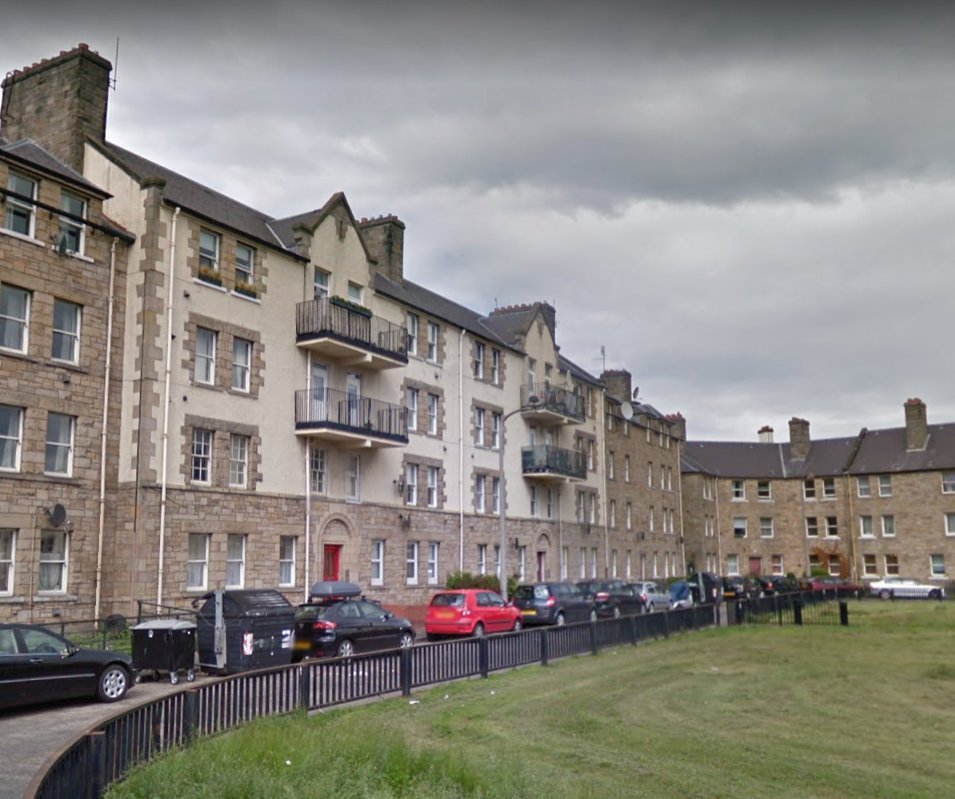
There's a further thread on the little bit of the barracks that you can still see, here; 🔗👇🔚threadreaderapp.com/thread/1300104…
• • •
Missing some Tweet in this thread? You can try to
force a refresh















